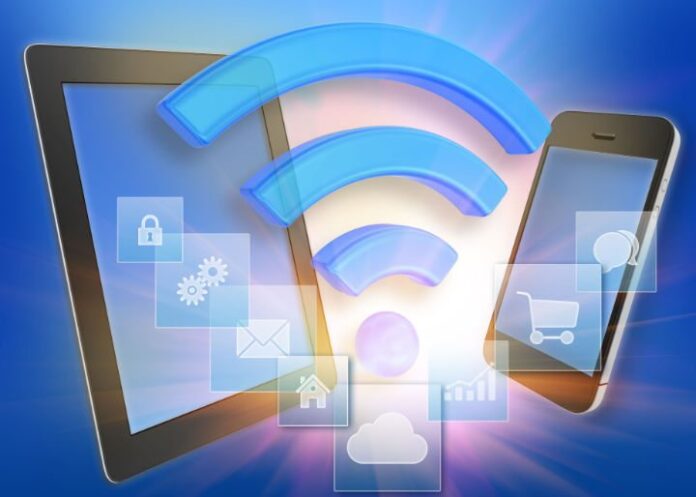When entering a new place – restaurant, gym, home or other location – it’s just a matter of time before someone asks for the Wi-Fi password.
It’s becoming commonplace for public facilities to offer free Wi-Fi to their customers, allowing them to browse online free of charge. While this has a clear benefit for the customers, what might not be so clear are the benefits for the business, too. Here are four steps to take to ensure proper deployment of a public Wi-Fi network using the “BEAM” method – bandwidth, experience, audience and marketing.
Bandwidth
One of the first steps in deploying a public Wi-Fi is to determine how much Internet bandwidth you would like to make available for public use. It’s also important to confirm if it will be served on a dedicated line, or if business bandwidth will be shared with customers.
Once those are both determined, as well as how many users in general will be on the network at the same time, it’s much easier to make decisions on how much bandwidth each user should be allowed to consume per session. Consider putting measures in place that don’t allow one user to stream so much that everyone else on the network has a miserable experience.
Experience
Knowing what consumers of public Wi-Fi care about ensures that “miserable” is never used to explain a customer’s experience on your public network. Typically, signal strength is more important than Internet bandwidth, and customers on a public Wi-Fi should know not to expect to be able to download movies at a fast rate.
However, if signal strength is affected by walking to a different part of the room or the connection is intermittent, customers may feel that you deployed an inefficient solution or didn’t plan out deployment well enough. On a free network, all customers should be able to access equal signal strength without jumping through hoops. Would you want to enter personal information just to get 15 minutes of free Internet connection? Put yourself in your customers’ shoes and keep their experience top of mind.
Audience
Putting yourself in your customer’s shoes is one way of understanding them. Knowing your audience may sound simple, but it’s incredibly important when it comes to deploying a wireless network that accommodates the needs of your customers. What are their usage patterns and profiles? Will they be online for just a few minutes, or will they be using the Wi-Fi for hours? Will they stay in one location or move about and potentially roam while connected?
These questions will lead to the answers to help ensure the proper solution and configuration to allow the access that your customers need. Knowing your audience is also important for determining bandwidth, especially when it comes to enabling content restrictions – users shouldn’t be blocked from acceptable content while connected to the network.
Marketing
After going through all this effort to allow your customers to have access to your public Wi-Fi, it only makes sense to get the word out and capitalize on the free publicity that goes along with it. Options include setting up a splash page for your business in a browser that highlights special deals or coupons to remind your customers who is powering their Wi-Fi access.
Even something as simple as putting up signage noting “Free Wi-Fi” might draw additional customers to your location, and at the very least let customers know that it’s available should they require it. Training staff members to mention the availability and provide the password without customers having to ask for it betters customer service relations and enhances the customer experience.
In the near future, free Wi-Fi access will be available in almost every location. Until we get to that point, however, having free service is a differentiator for your business and allows a better experience for both your customers and your bottom line. Keep the BEAM method in mind when deploying your public Wi-Fi and you’ll be on the right track for access success.
Editor’s Note: The RCR Wireless News Reality Check section is where C-level executives and advisory firms from across the mobile industry share unique insights and experiences.

